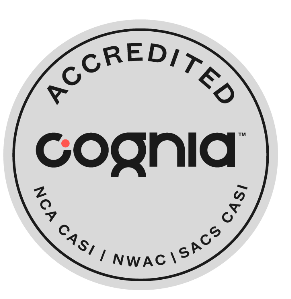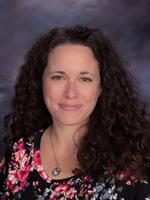It never fails. Each spring, with the arrival of the first crocus blooms to emerge from the cool, rain-soaked ground, comes end-of-year testing season in Utah’s schools.
Only this season, students will be taking a new set of Utah State Board of Education-required assessments to demonstrate how much they have learned over the course of the year. The exam for students in grades 3-8 is called RISE, an acronym that stands for Readiness, Improvement, Success and Empowerment. The computer adaptive assessment adapts to an examinee’s abilities by proposing harder questions when a student gets something correct, and easier questions when the student gives a wrong answer. Ninth- through 10th-grade students will participate in a high school assessment called Utah Aspire Plus, which is designed to prepare them for the ACT, the most commonly used college-entrance exam. 
“Students and teachers will find the tests, the questions, and their design very familiar,” says CSD Research and Assessment Director Dr. Hal Sanderson.
Why do schools test? What do the results mean, and why should students and parents care?
Answers to these questions and more can be found on a new Canyons District resources page. Anyone curious about the how’s and why’s of testing is encouraged to browse the site, which contains teacher testimonials, testing tips, links to sample test questions, and more. The Utah State Board of Education also has created some online brochures describing Utah’s RISE and Aspire Plus exams.
“Testing has always been integral to education. Assessments inform instruction by helping teachers know if educational goals are being met,” explains Sanderson. “They’re an indicator of what’s working in the classroom and what can be done differently. Testing also gives parents a measure of their child’s learning, which, along with grades and other measures, helps answer the question: Is my child reaching expected learning targets and doing well compared to his or her peers?”
But did you also know that a student’s performance on RISE in middle school can predict how well he or she will do on the ACT college entrance exam in high school? RISE, in other words, gives middle schoolers a glimpse at how they’ll do on a high-stakes test in a low-stakes environment when they still have time to go back and re-learn foundational concepts.
 Another surprising fact: Very little of the school year is devoted to test-taking. An internal audit performed last year revealed that Canyons District students spend just 1.2 percent to 2.7 percent of instruction time taking state and district assessments. By comparison, at one sampled Canyons District elementary school, recess accounted for 4.5 percent of the year, 12 percent was devoted to lunch and math instruction occupied 27.3 percent of the year. The full report is available online.
Another surprising fact: Very little of the school year is devoted to test-taking. An internal audit performed last year revealed that Canyons District students spend just 1.2 percent to 2.7 percent of instruction time taking state and district assessments. By comparison, at one sampled Canyons District elementary school, recess accounted for 4.5 percent of the year, 12 percent was devoted to lunch and math instruction occupied 27.3 percent of the year. The full report is available online.
As Mount Jordan Middle teacher Kory Crockett explains: “We all know that tests can be stressful. Tests can be hard. But it’s really these hard things in life that help us grow the most. And especially with these end-of-the year tests, they don’t just tell us how much we’ve grown, they tell us how much we’ve grown as a school.”
{source}
<iframe width=”560″ height=”315″ src=”https://www.youtube.com/embed/hoAd2h2_Qqc” frameborder=”0″ allow=”accelerometer; autoplay; encrypted-media; gyroscope; picture-in-picture” allowfullscreen></iframe>
{/source}





